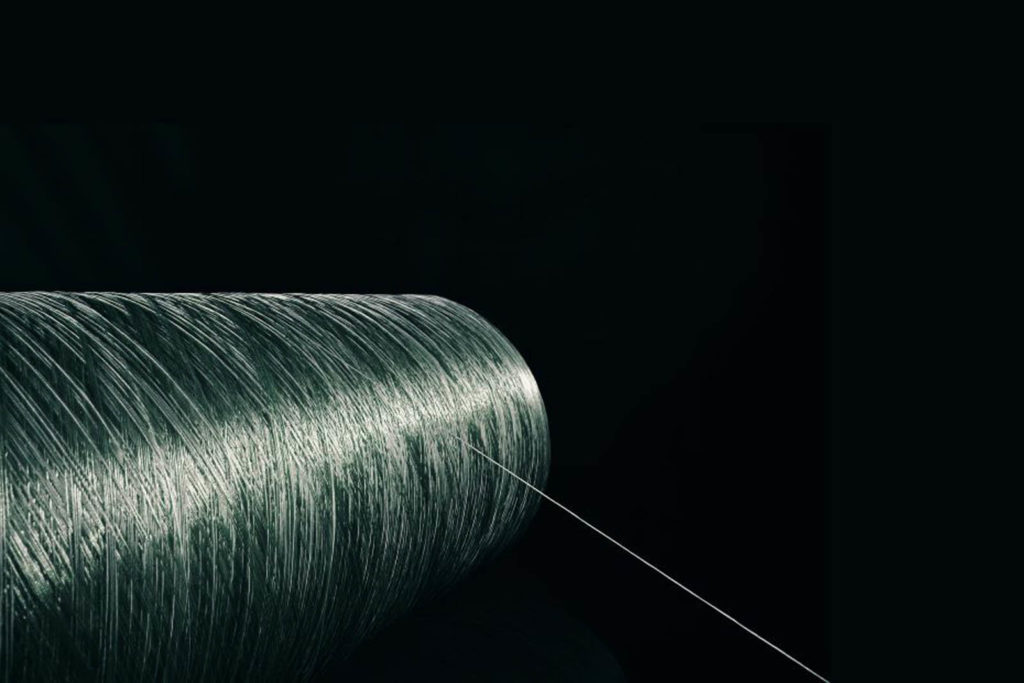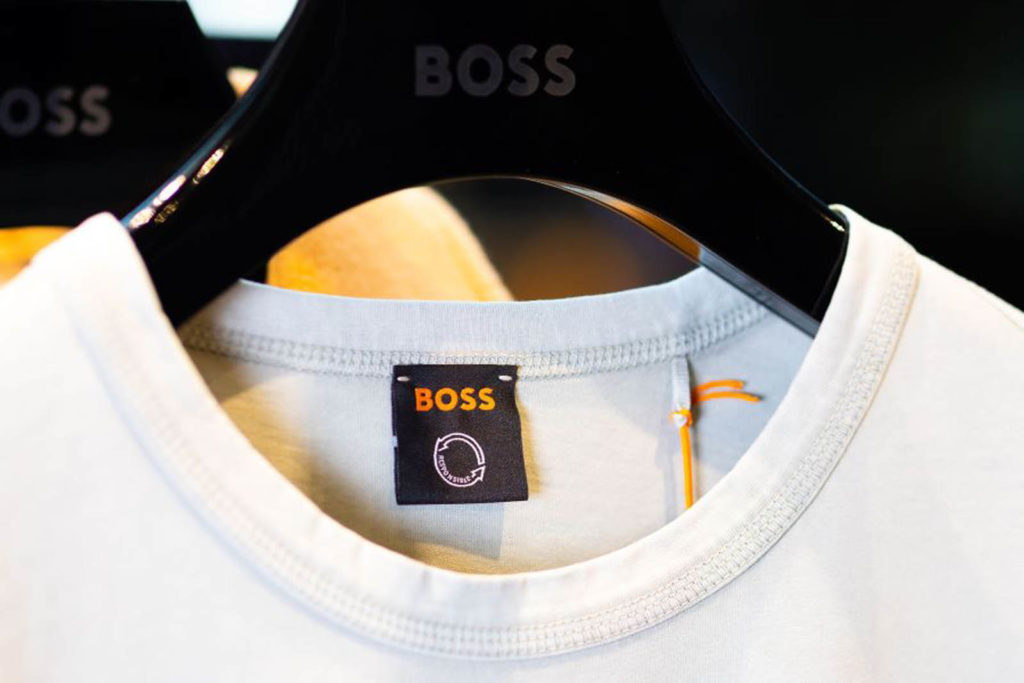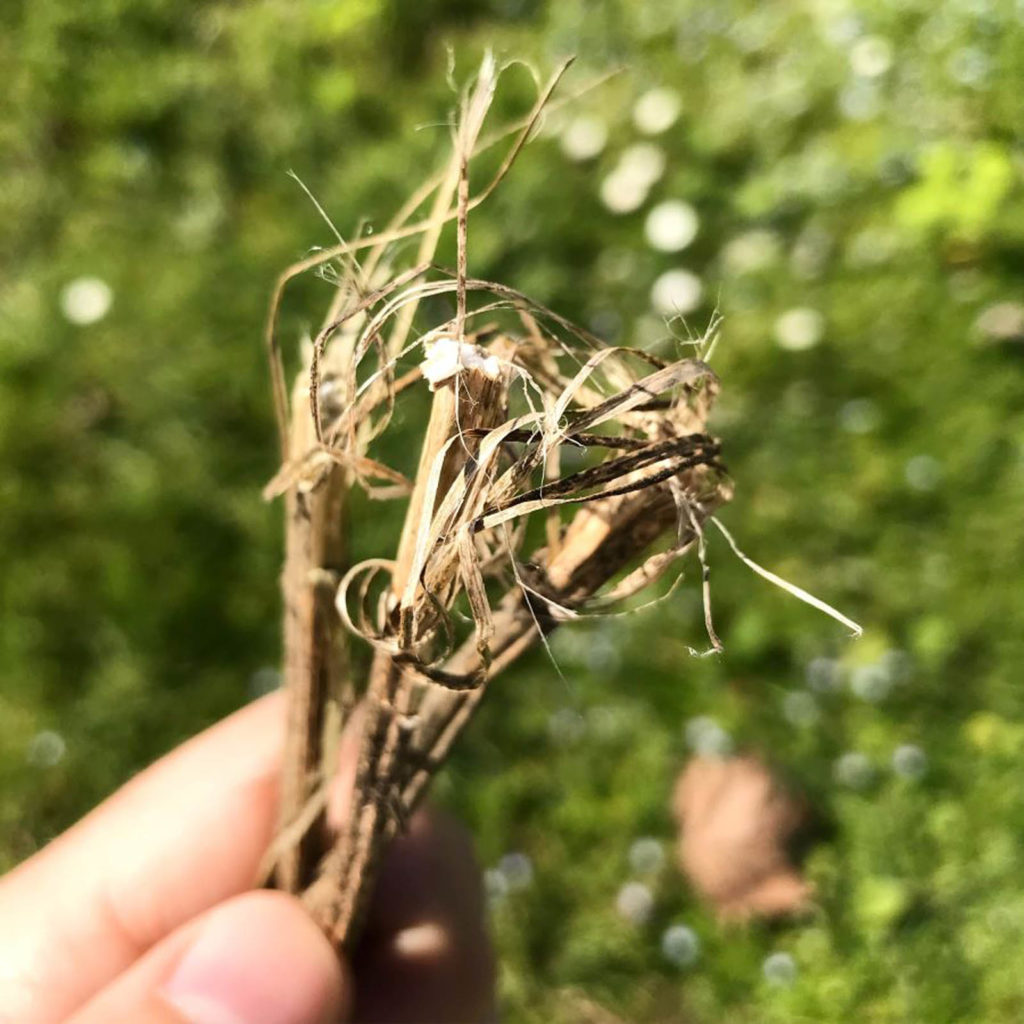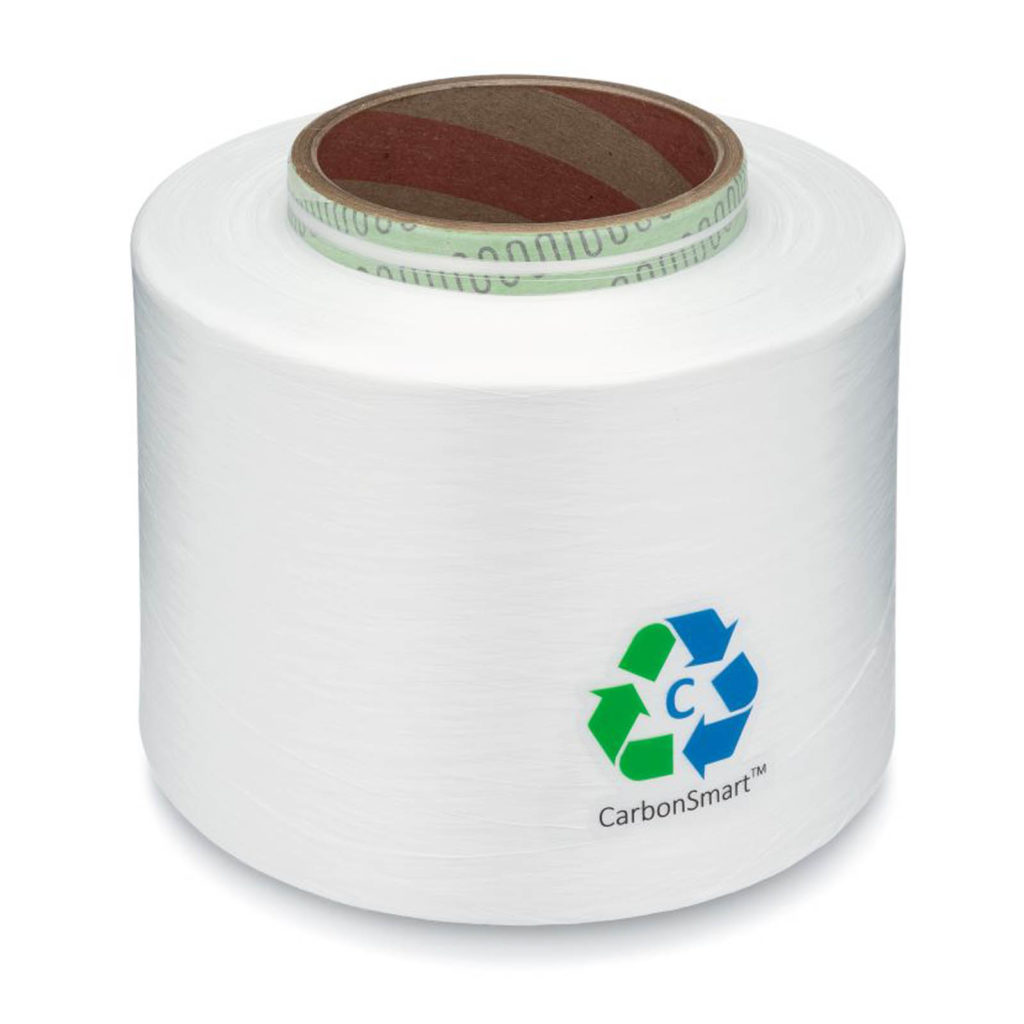
According to The Nature of Fashion, a 2021 report published by the Biomimicry Institute, over 60 percent of textile fibers are synthetics derived from petrochemicals. Petrochemical fibers, whether made from recycled or virgin feedstocks, will not biodegrade. In addition, the processes used to make these fibers release greenhouse gas (GHG) chemicals and other waste products, which accumulate in our soil, air and water at end-of-life.
These problems will not come as news. Given the global appetite for fast fashion and other textile products, they will only increase. The solution may lie in a new generation of biosynthetic polymers and fibers.
Man-made from biobased materials—including food waste products, algae, castor oil, or recycled cotton textiles—biosynthetic fibers can be engineered as “drop-ins” for traditional polyester and nylon. While not all biobased synthetic fibers are biodegradable, they do enable virgin fossil fuels to remain in the ground.
Fibers with fewer emissions
Synthetic fibers, whether petrochemical or biobased, are made up of certain monomers derived from feedstocks. Utilizing biobased materials to create the monomers used to make synthetic fibers results in fewer GHG emissions.
Avantium N.V., a technology company specializing in renewable chemistry, recently released a life cycle assessment (LCA) of their plantMEG™ (monoethylene glycol), derived from beet sugar via Avantium’s Ray Technology™. MEG is one of the key building blocks of polyester and is usually based on fossil fuel inputs. Avantium’s plantMEG™ life cycle assessment (LCA) shows a GHG emission reduction of up to 83 percent, compared with fossil-based MEG.
Introducing polybutylene succinate
Headquartered in the innovation center that is the Brooklyn Navy Yard, Kintra Fibers describes their proprietary recipe for creating PBS as a “farm-to-fiber” process.
Polybutylene succinate (PBS) is a polyester, like PET, except that the respective monomers used to make PBS are the result of fermentation using sugars derived from wheat, corn and the like. Kintra integrates its materials technology into the fashion value chain at the resin and yarn level.
“We need more feedstock independence, but it’s a massive investment,” says Kintra co-founder and CEO Billy McCall.
Kintra’s PBS is designed to be a drop-in substitution for polyester. According to McCall, the fiber feels like cashmere yet displays strengths similar to PET or nylon, making it appropriate for the luxury to the active/outdoor markets. Kintra resin can be spun on the same equipment used to make PET yarn and tolerates high temperature processing well. More importantly, Kintra’s PBS is compostable. It dyes at temperatures of 70 – 80˚ C, saving energy compared with traditional polyester dyeing.
Kintra is transitioning to the yarn and fabric sample stage, with plans to do a garment test run with major investor Pangaia. “So far it’s one step at a time, but over time we will discover even more applications for the fiber,” explains McCall. “We need meaningful scale to do a full LCA, but we are starting to piece together certain parts individually. We want to create material that will be useful as a garment but doesn’t create persistent plastic pollution while you wear it or when you get rid of it.”
A game-changing cellulosic
Swiss textile innovator HeiQ recently launched AeoniQ, a continuous filament cellulose yarn based on a new fiber derived from “carbon-negative” materials. Created from third generation polymers from cellulosic feedstocks, including algae, sugar cane, straw and hemp—which capture carbon during their growth cycles—AeoniQ is designed to perform comparably to polyester, nylon and regenerated cellulosics.
HeiQ calls the new yarn “a game-changer for the whole textile industry,” as it is designed to be recycled repeatedly without compromising quality. The company is building a pilot production plant for AeoniQ in Austria capable of delivering an annual capacity of 100 tons from Q2 of 2022, with plans for a full-scale plant and commercial shipments by Q1 of 2025.
Enrique Herrero Acero, chief technology officer for HeiQ AeoniQ, says, “Regarding textile trials, it was obviously essential that we were able to demonstrate the potential of the yarn with actual textiles and within the scope of our possibilities. Small-scale textile production has already been successfully tried and tested.”
The LYCRA Company is already onboard as an investing partner, and premium apparel brand Hugo Boss just announced its first sustainability-linked investment with HeiQ AeoniQ LLC.

Spinning filament fibers from cellulose
Researchers at the German Institute of Textile Technology and Process Engineering in Denkendorf (DITF) have developed a technology called HighPerCell (HPC) based on the use of ionic liquids (basically a salt in liquid state) to produce continuous filament fibers from cellulose.

The process is an environmentally friendly alternative to the widely used viscose process. Ionic liquids are neither toxic nor flammable, and they are easily and almost completely recyclable after the spinning process. Spun from cellulose feedstocks such as wood pulp, hemp and chitin (commonly derived from shrimp cells), HPC fibers are characterized by high strength and are appropriate for technical applications.
“We can imagine that the filaments can be used in multiple applications: textiles (apparel and technical), and reinforcement materials (HPC and HPCCarbon); in principle everywhere viscose and lyocell is used; and as a substitute for polyester or cotton in certain applications,” says Dr. Antje Ota, deputy head of the competence center, biopolymeric materials at DITF.
Products made from HPC fibers are both recyclable and biodegradable, adds Ota. Apparel and waste fabrics of cotton or regenerated cellulose at end of life can also be recycled by the HPC technology. DITF recently started a collaboration with the newly founded Technikum Laubholz for the pilot production of HPC and HPCCarbon fibers.

Carbon comes full circle
Impossible as it may seem, the latest biosynthetic fiber is created through the fermentation of waste carbon. LanzaTech Inc., a global specialist in carbon capture, has developed a process to create textile fibers (and other useful products) from the emissions of dirty industries such as steel, oil and chemical production—and even gasified municipal waste.
The pollution is converted by bacteria into fuels and chemicals, such as ethanol. In order to create biosynthetic polyester, intermediate partner India Glycols Ltd. transforms the ethanol to MEG, which Taiwan-based Far Eastern New Century (FENC) uses to make polyester yarn and textiles. While the carbon-based polyester is not biodegradable, the garments can be recycled via the same process at end-of-life.
The success of the LanzaTech process was proven in capsule collections by athletic apparel brand Lululemon and global fast-fashion retailer Zara, featuring apparel fabric developed by FENC from the biosynthetic polyester. The company calls its concept Carbon Smart.
“By recycling carbon emissions, we are replacing the virgin fossil fuel carbon taken out of the ground,” explains LanzaTech chief sustainability officer Freya Burton. “Consumers can now choose where the carbon in their clothing comes from. The concept is so new, we are all trying to figure out how to get the message across.”

LanzaTech currently has two plants in China, and seven plants under construction in joint ventures with steel mills. “There’s huge interest—more than we can keep up with,” reports Burton. While LanzaTech has licensed the technology for creating the ethanol, the big issue is getting enough plants to meet the demand, she says.
The company is also looking to use the LanzaTech process to create EVA foam for footwear, and to make industrial yarns for transportation and interior textiles.
Cost is a relative thing
While these biosynthetic fibers and processes are in their infancy, there are more to come. Yes, they will be costly, at least until they reach production scale; but those costs must be measured against that of the environmental damage being done by the use of traditional synthetics. And petrochemical fibers won’t remain cheap forever.
London-based newspaper The Economist argues that the age of abundance for fossil-fuel production is dead, driven by higher prices and the inevitable transition to clean energy. Certainly, the current political crisis in Russia and the Ukraine will have a detrimental effect on the availability and price of fossil fuels, which will inevitably impact the petrochemical textile products derived from them.
Debra Cobb is a freelance writer with expertise in the textiles industry. She is based in North Carolina.
 TEXTILES.ORG
TEXTILES.ORG


